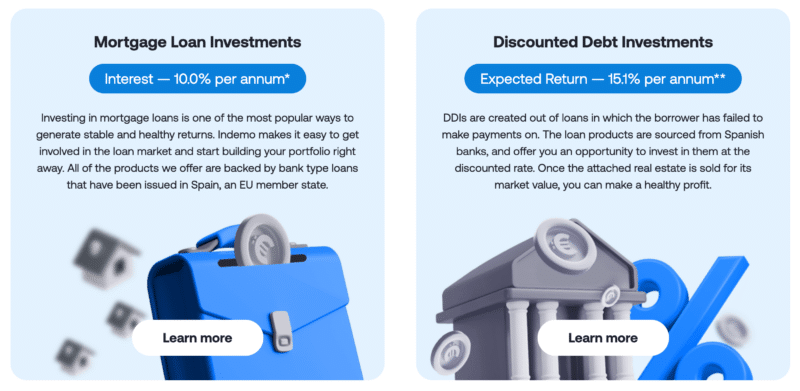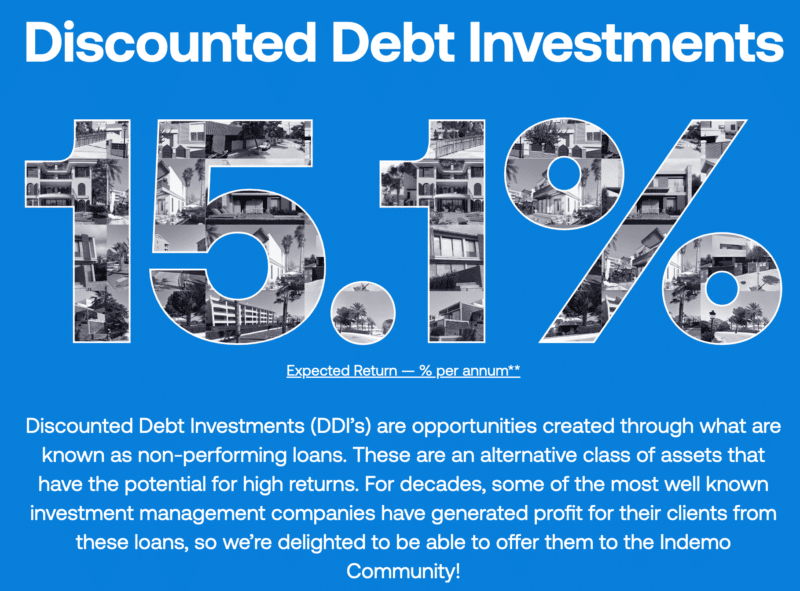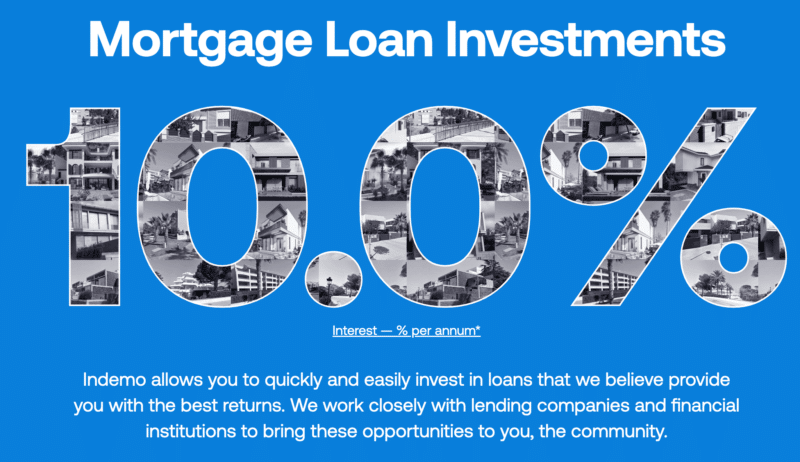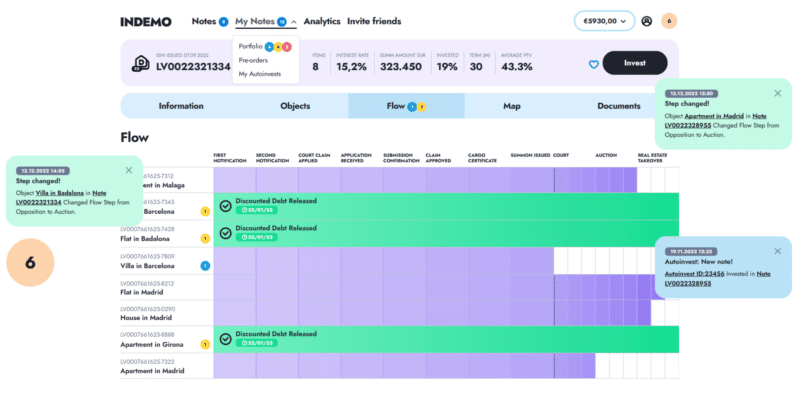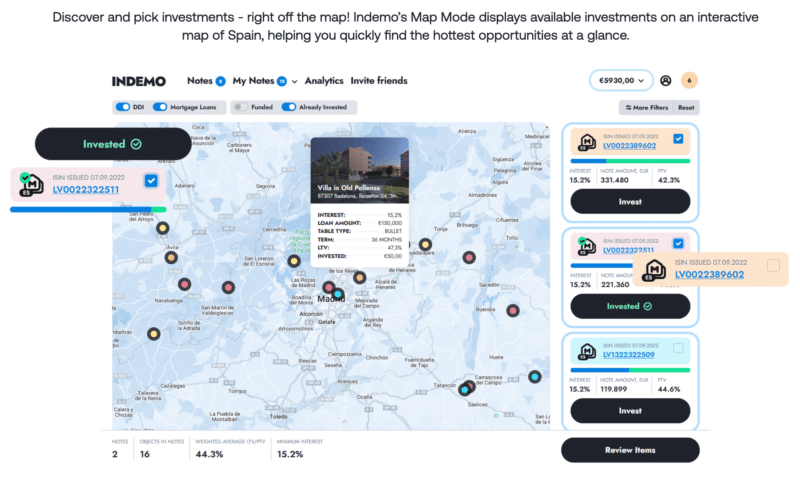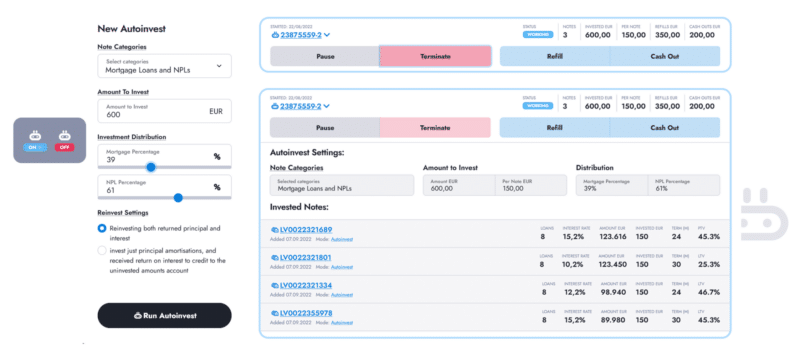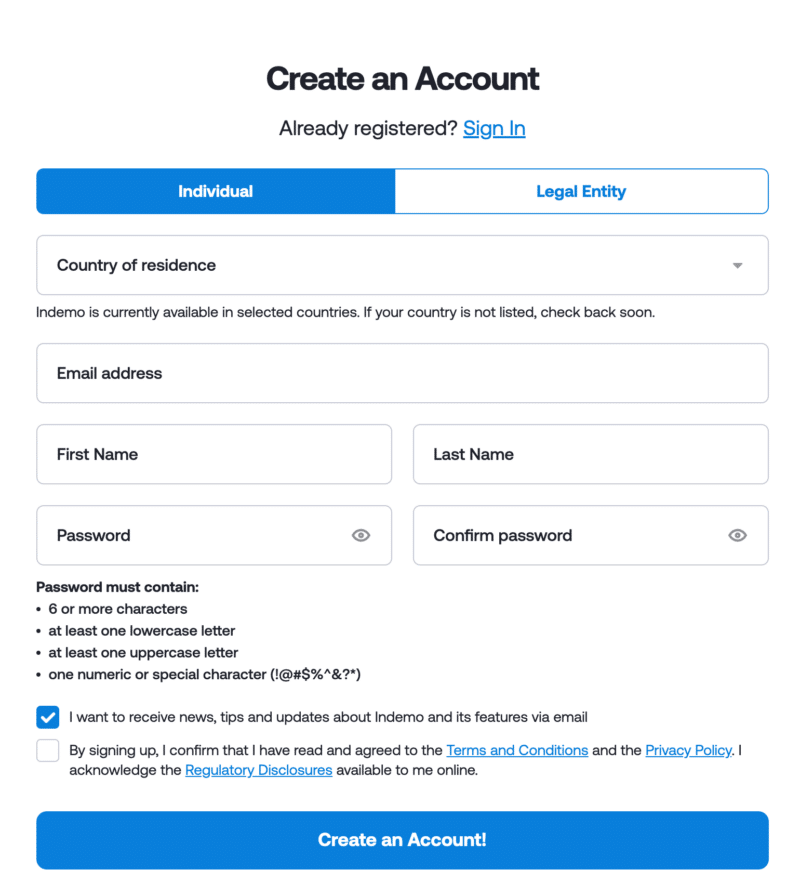 I believe a few sectors will flourish under the Trump administration, having been suppressed under the Democrats for the past years. I’m also taking into consideration new technological advances like AI, as well as geopolitical issues like the shaky relationship between China and the USA, as well as the unpredictability of Russia.
I believe a few sectors will flourish under the Trump administration, having been suppressed under the Democrats for the past years. I’m also taking into consideration new technological advances like AI, as well as geopolitical issues like the shaky relationship between China and the USA, as well as the unpredictability of Russia.
I use brokers like SaxoTrader and DEGIRO for trading stocks, and while I’m not a day trader, I love to take a few bets in addition to my long-term portfolio which mainly consists of the SP500 index ETF and some other broadly diversified holdings.
As Donald Trump returns to the presidency, several sectors are poised for significant growth under anticipated policy shifts. With reduced regulations, a focus on domestic industries, and a push for technological advancements, investors have exciting opportunities ahead. Here are some ideas I’m thinking about.
Bitcoin and Cryptocurrency
Under the Biden administration, the cryptocurrency sector faced significant challenges, including Operation Chokepoint 2.0, which stifled innovation and cast doubt on the industry’s future. With Trump’s return, the regulatory environment could shift, fostering renewed growth and innovation in the crypto space.
Investment Opportunities
- Coinbase (COIN): As a leading cryptocurrency exchange, Coinbase is poised to capitalize on regulatory relief and increased trading activity.
- MicroStrategy Incorporated (MSTR): With substantial Bitcoin holdings, MicroStrategy stands to benefit directly from a resurgence in Bitcoin’s prominence.
- iShares Bitcoin Trust ETF (IBIT): Offered by BlackRock, it is a Bitcoin ETF available in the USA and not directly accessible to European investors due to regulatory differences. It has a low expense ratio of 0.25% and closely tracks the price of Bitcoin, making it popular among investors in markets where it is available.
- 21Shares Bitcoin Core ETP (CBTC): This exchange-traded product (ETP) is available to European investors, is domiciled in Switzerland and offers a highly competitive total expense ratio of 0.21% per annum. It’s my favorite way to get exposure to Bitcoin and what I recommend to anyone who wants to add Bitcoin to their portfolio.
Artificial Intelligence and Semiconductor Manufacturing
Artificial intelligence (AI) continues to reshape industries globally, and semiconductor manufacturing is at the core of this transformation. With policies expected to promote innovation and strengthen domestic production, the U.S. could emerge as a leader in AI and chip technologies under the Trump administration.
Investment Opportunities
- NVIDIA Corporation (NVDA): A market leader in GPUs and AI processors, NVIDIA is at the forefront of AI advancements and data center technologies.
- Advanced Micro Devices (AMD): With cutting-edge processors and strong market momentum, AMD is poised for continued growth in AI applications and computing power.
- Taiwan Semiconductor Manufacturing Company (TSMC): As the world’s largest contract chipmaker, TSMC is crucial to AI and advanced computing, providing essential chips for numerous applications.
Nuclear Energy
Real progress in addressing climate change hinges on technological innovation rather than pipe dreams of limiting human consumption of fossil fuels. With Trump’s administration likely to promote practical solutions over restrictive fossil fuel policies, nuclear energy is positioned for a renaissance. Today’s nuclear technology is much safer and more efficient, making it a key player in the energy landscape.
Investment Opportunities
- Exelon Corporation (EXC): A leader in nuclear energy, Exelon is set to benefit from increased governmental and private-sector support.
- Global X Uranium ETF (URA): This ETF offers exposure to uranium miners, a critical component of the nuclear energy supply chain.
- NextEra Energy (NEE): Balancing nuclear capabilities with renewable energy projects, NextEra presents a compelling investment option.
Defense and Aerospace
As global security challenges evolve, the defense sector is pivoting towards cost-effective solutions like drone technology. Trump’s focus on strengthening the military is likely to drive increased funding for cutting-edge defense and aerospace initiatives.
Investment Opportunities
- Northrop Grumman (NOC): Renowned for its advancements in drone technology, Northrop Grumman is well-positioned to lead the shift towards unmanned aerial solutions.
- iShares U.S. Aerospace & Defense ETF (ITA): This ETF provides diversified exposure to leading U.S. defense companies, ideal for benefiting from heightened defense spending.
- Lockheed Martin (LMT): With expertise in aerospace and cutting-edge defense systems, Lockheed Martin remains a cornerstone of the sector.
Banking and Finance
Under Trump’s administration, financial institutions can expect regulatory rollbacks that open avenues for growth. Relaxed compliance requirements and favorable monetary policies could boost profitability across the sector.
Investment Opportunities
- JPMorgan Chase & Co. (JPM): Positioned to capitalize on relaxed regulations and interest rate shifts, JPMorgan is a top pick in the financial sector.
- Financial Select Sector SPDR ETF (XLF): Offering broad exposure to banks and financial institutions, this ETF balances risk and growth potential.
- Goldman Sachs (GS): Known for its strategic innovation, Goldman Sachs is poised to benefit from market-friendly policies and expanded financial products.
Automotive and Manufacturing
Trump’s focus on reviving domestic manufacturing is likely to rejuvenate the automotive sector. Tariffs and incentives for local production could significantly benefit American automakers.
Investment Opportunities
- Ford Motor Company (F): With policies favoring American manufacturers, Ford stands to gain from a resurgence in domestic production.
- First Trust NASDAQ Global Auto Index Fund (CARZ): This ETF ensures diversified exposure to global automotive manufacturers.
- General Motors (GM): Investments in electric and hybrid vehicles align with policies supporting domestic innovation.
Construction and Infrastructure
Trump’s administration has consistently emphasized infrastructure development as a cornerstone of economic growth. An increase in federal spending on public works projects could stimulate the construction sector significantly.
Investment Opportunities
- Caterpillar Inc. (CAT): A global leader in construction equipment, Caterpillar is positioned to benefit from an infrastructure boom.
- iShares U.S. Infrastructure ETF (IFRA): This ETF provides diversified exposure to companies involved in infrastructure development.
- Vulcan Materials Company (VMC): As a major supplier of construction aggregates, Vulcan is set to thrive under increased demand.
Energy Sector
Trump’s balanced approach to energy—supporting traditional fossil fuels while encouraging renewables—is likely to spur growth across the sector. Energy companies could see increased production and profitability under favorable policies.
Investment Opportunities
- ExxonMobil (XOM): With extensive fossil fuel operations and renewable initiatives, ExxonMobil is a key player in the sector.
- Energy Select Sector SPDR Fund (XLE): Offering diverse exposure to leading energy companies, this ETF is ideal for capturing sector-wide growth.
- NextEra Energy (NEE): Combining nuclear and renewable energy strategies, NextEra is positioned for success under a pragmatic energy policy.
Conclusion
Investors who understand the dynamics of a Trump-led administration can position themselves to take full advantage of the opportunities that arise. By focusing parts of our portfolios on these sectors that are poised for resurgence or explosive growth, we can take advantage of this upcoming potential economic transformation. The key is to act strategically, staying informed and prepared to adapt to evolving market conditions, as we can also expect a few unpredictable moves from Trump in the next 4 years.
In the Good Life Collective, we frequently discuss trading ideas and our portfolio holdings. I firmly believe that getting feedback on our ideas is essential to avoiding costly mistakes in investing, and that is why I value our close-knit community so much. If you’re interested in joining our community, click here to apply.
I’d love to hear your thoughts on what investments are likely to deliver index-beating results over the next presidential term. Let me know in the comments section below.






